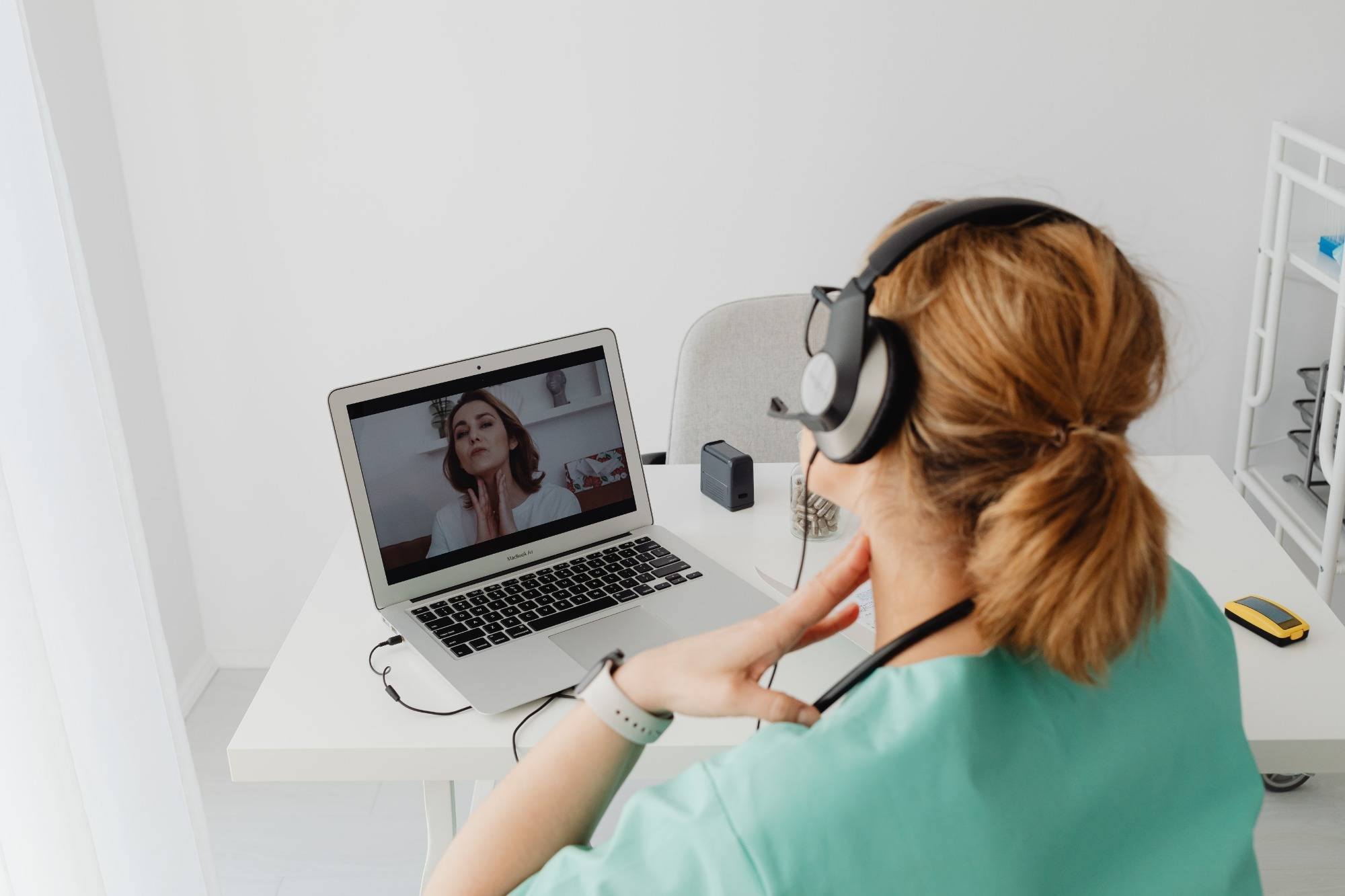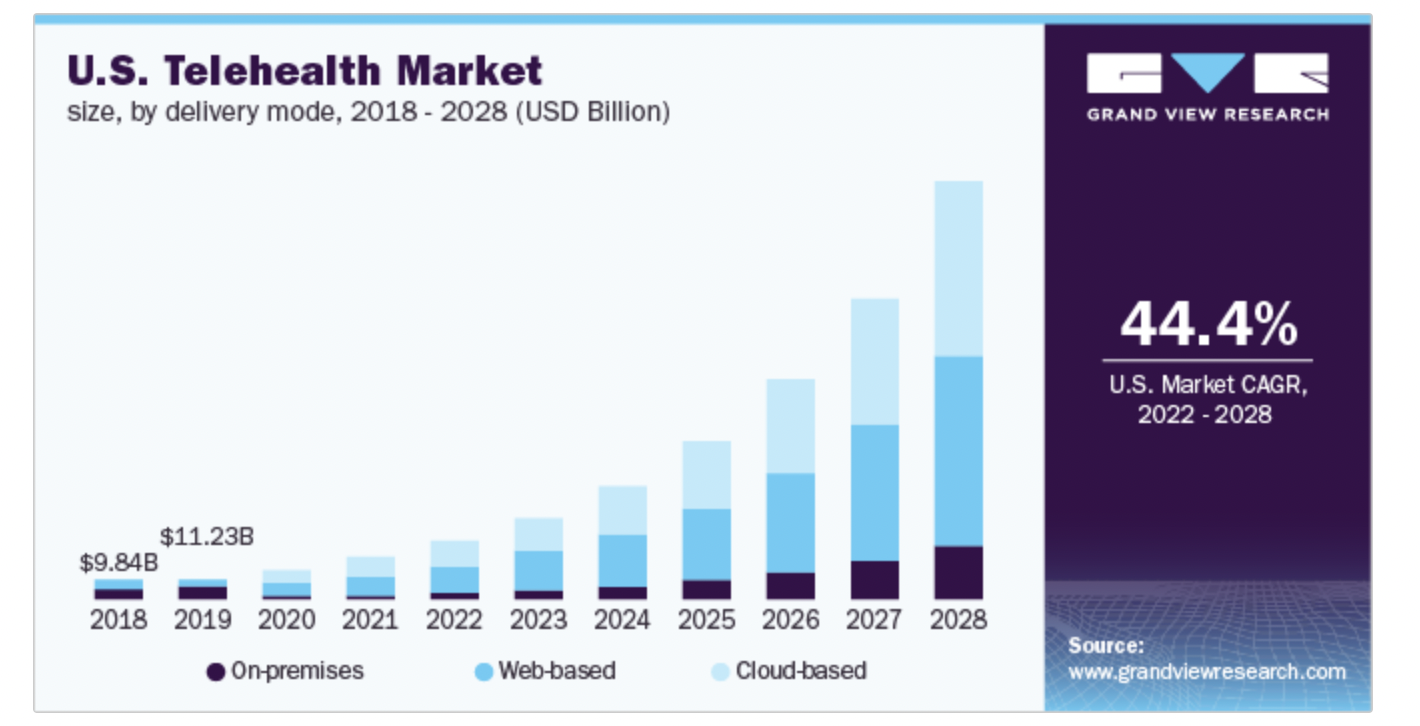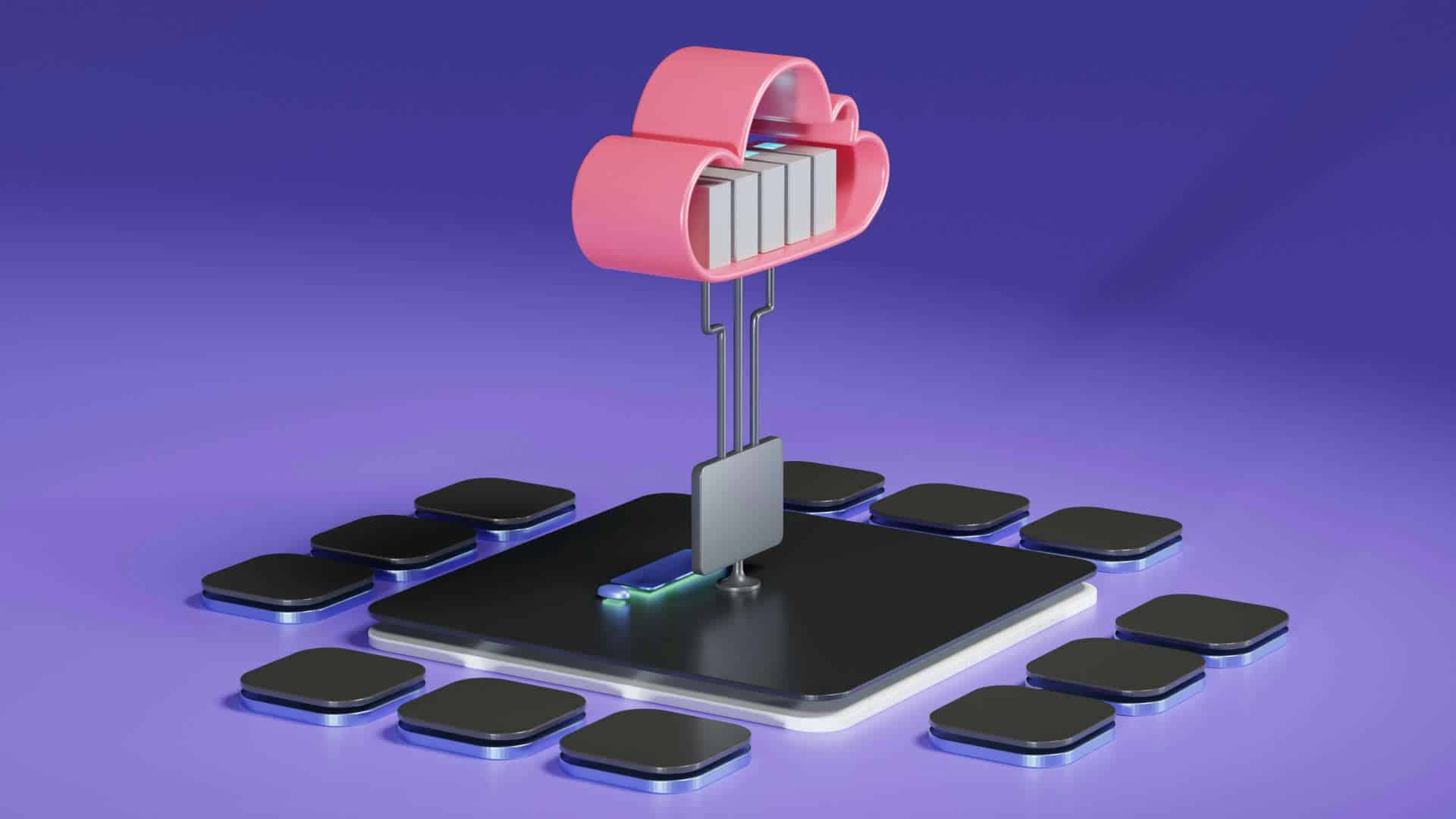Spotlight on Medical Devices for Telehealth
Telehealth is one of the hottest topics in healthcare, primarily because of its growth potential. Technology is quickly enabling the ability to scale remote healthcare delivery, fueled by the increasing availability of high-speed internet and mobile devices.
Forbes cites a study by MarketsandMarkets predicting demand for telemedicine to rise by 38% over the next five years. They project the global telehealth market to grow from $87.8 billion in 2022 to 285.7 billion by 2027.
Patients and providers understandably turned to telehealth in large numbers during the global pandemic. Today, several converging factors continue to drive growth, including the increasing penetration of broadband and wireless networks, the growing demand for cost-effective and convenient healthcare delivery models, and the rising prevalence of chronic diseases.
The good news is telehealth is expanding access to essential healthcare advice, diagnosis, and monitoring to millions, even billions, of people. Share on XThe telehealth trend is affecting healthcare on a global scale. The good news is telehealth is expanding access to essential healthcare advice, diagnosis, and monitoring to millions, even billions, of people. Telemedicine reaches people who previously could not easily visit a physical location for healthcare. In Asia, China is expected to reach telehealth adoption rates of over 74 percent by 2024, and India, the second most populous country, predicts an adoption rate of 68%.
In the US, telehealth visits in 2021 were highest among Medicaid (29.3%) and Medicare (27.4%) recipients. This graph from Grandview Research also points to the growing influence of cloud connectivity and web-based activity in the US telehealth market growth.
While it may seem like telemedicine and telehealth are synonymous, there is an important distinction. The US Office of the National Coordinator for Health Information Technology (ONC) describes the difference:
While telemedicine refers specifically to remote clinical services, telehealth can refer to remote non-clinical services, such as provider training, administrative meetings, and continuing medical education, in addition to clinical services.
Let’s look at some pros and cons of telehealth, and then check out how the telehealth boom interacts with connected medical devices.
Benefits and Challenges of Telehealth
Telehealth has many benefits from both the provider’s and the patient’s point of view, including the following:
Increased access and convenience: Telehealth allows patients to consult with doctors and other healthcare providers online or over the phone without traveling to a clinic or hospital. Providers can also deliver healthcare from anywhere with an internet connection. Finally, telehealth isn’t just for patients and providers. Different specialists from all over the world can easily consult on patient cases with more detailed, personalized information.
Cost Savings: Remote care and monitoring are cost-effective for both patients and providers. Medical devices can automatically send and document updates that used to require human attention. While in-person healthcare will never be fully obsolete, in the future further advances in telehealth will reduce the need for expensive infrastructures such as office space and equipment.
Every new technology also includes challenges, too. Telehealth is no exception. Some challenges include:
- Diagnosis accuracy: Remote diagnosis depends on a combination of patent-provided information and uploaded or streamed visuals. The accuracy of diagnosis could suffer from the limitations of not being in person, especially in areas with connectivity issues.
- Insurance coverage: As with any medical device, insurance companies may not cover the cost or procedures of the device, hindering its adoption by providers and patients. Medical device startups should begin conversations with stakeholders early in their development process, especially with Medicare and Medicaid.
- Data security: Data breaches and cyberattacks have made many patients nervous about sharing their personal information over informal channels like video calls and text. Cybersecurity is now a concern not only for stored data but data in transit from remote locations.
Connected Medical Devices in Telehealth
Many companies involved in telehealth offer services in administration and information coordination, such as video conferencing, EHR integration, patient portals, and schedulers. Large consumer companies like Amazon and ATT are launching telehealth services focusing on communications or documentation technologies, seeking to benefit from the rising demand as well.
Other innovations are incorporating artificial intelligence into the patient intake experience. Much like the triage nurse in the ER, AI-powered digital triage can save providers and patients time and money. 98point6 is one company that uses AI technology to efficiently route users to the right provider and help suggest a personalized treatment plan from qualified medical professionals. Patients can initiate a virtual appointment with an AI-powered interface which then triages and connects patients with the appropriate provider.
In the hardware space, connected medical devices are an important bridge to remote health beyond the hospital or clinic. Below are some use cases focusing on medical devices and data-enabled services.
Beyond the Fitbit: companies like Livongo are taking self-tracked health data beyond counting steps, monitoring heart rate, or tracking calories. The company provides users with devices to track their health data and uses that data to provide medical support for clinical conditions like diabetes and hypertension. Products bridging the patient-to-consumer market reflect an industry shift to giving patients more advanced tools to take a more active role in managing chronic conditions.
Connected Diagnostic devices: GlobalMed’s connected medical devices include exam and conference cameras, digital stethoscopes, otoscopes for ear exams, digital ECG devices, handheld devices for taking vitals, and handheld devices for ultrasounds. A portable USB spirometer allows clinicians to evaluate pulmonary obstruction or restriction quickly. They can also save patient details to the EMR system.
Connected monitoring devices: Tokyo-based Quantum Operation Inc. is marketing a wearable glucose monitor wristband that can accurately detect blood sugar levels without needles. Omron’s VitalSight platform includes a preconfigured kit containing blood pressure cuffs and scales. A wireless modem automatically sends vital info to providers and other caregivers. In 2019, FDA clearance paved the way for Current Health’s AI-based wearable device to measure vital signs outside the hospital in patients suffering from COPD or heart failure.
Moving Ahead
Telehealth innovations and devices are taking healthcare outside the walls of hospitals and clinics. Cross-over devices and functionalities are blurring the line between the consumer and patient market as well. Regulatory agencies and insurance providers will continue to adjust to the changing marketplace. Do you have questions about how the emerging telehealth industry might affect your business or development roadmap? Reach out today to get the conversation started.







